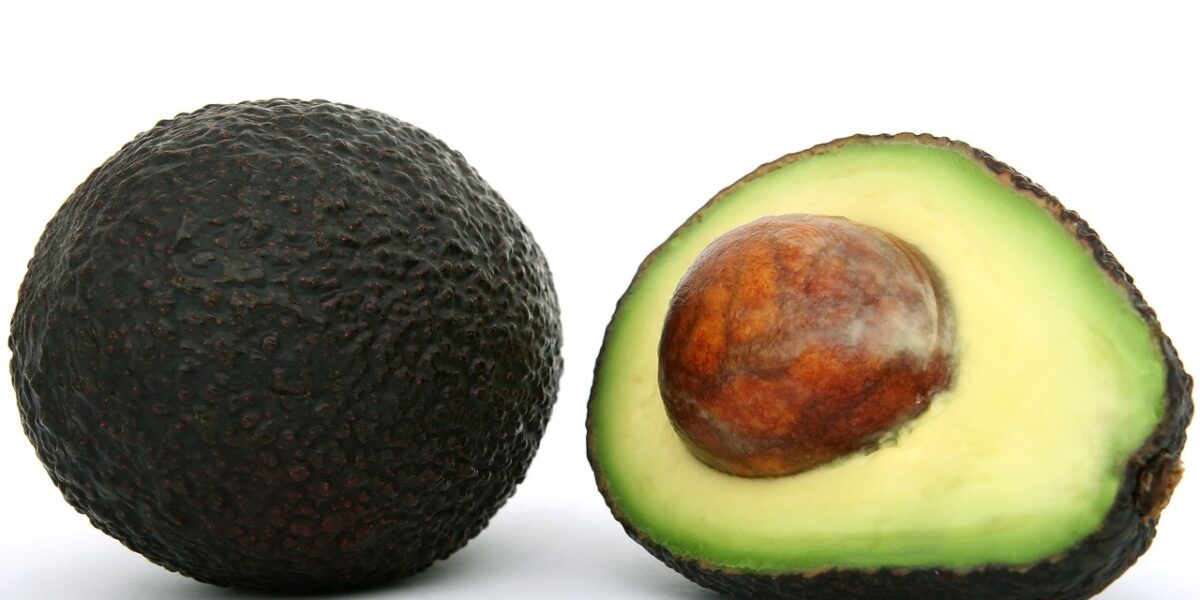Can you have fruits on keto? The answer is yes, but in moderation. Berries are best on keto, as well as the fattier types of fruits (think avocados). Here are the top five fruits you can enjoy while on the keto diet.
1. Lemons and Limes
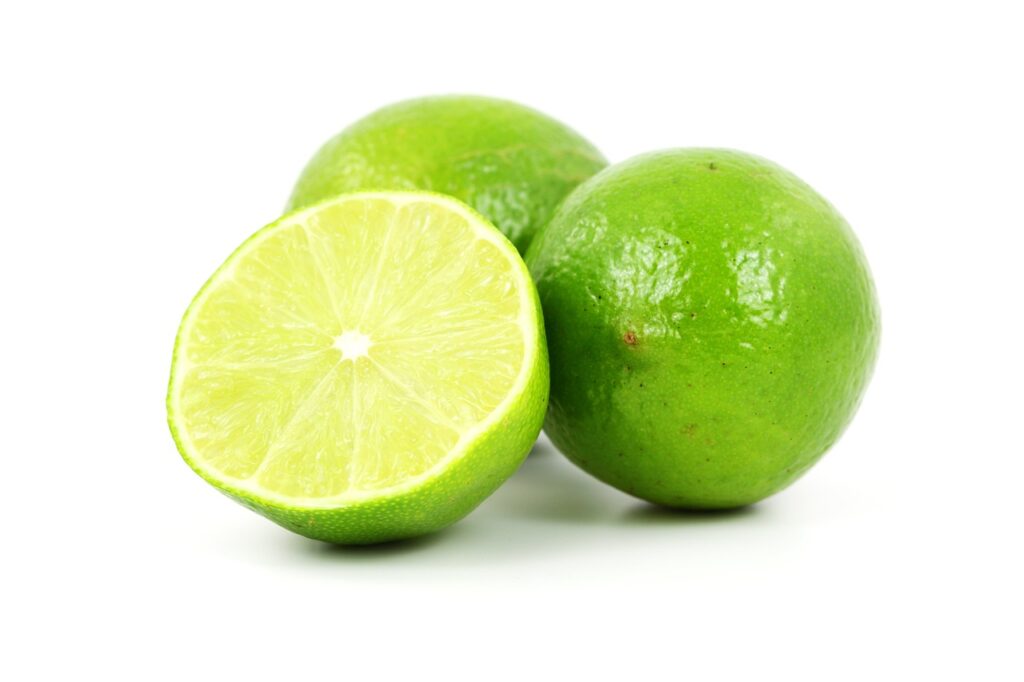
Lemons and limes are citrus fruits known for their zesty flavors and low carbohydrate content. They contain very few carbs and are often used in cooking, baking, or as flavor enhancers for beverages. These fruits are rich in vitamin C and can add a burst of tangy freshness to your meals without significantly affecting your carb intake. Lemons and limes contain negligible carbs, usually less than 1 gram per fruit. Lemons are extremely low in carbohydrates. A whole medium-sized lemon typically contains only around 5 grams of total carbs, with most of that being dietary fiber. Therefore, the net carbs in one cup of chopped lemons would be negligible, usually less than 1 gram. Similarly, limes have 5 total carbs in a typical medium-sized lime, with the same net carbs as a lemon. Of course, lemons and limes make the top spot here because of their low carb content, but it’s not the type of fruit you can sink your teeth into – the rest of this list is, however.
2. Avocados
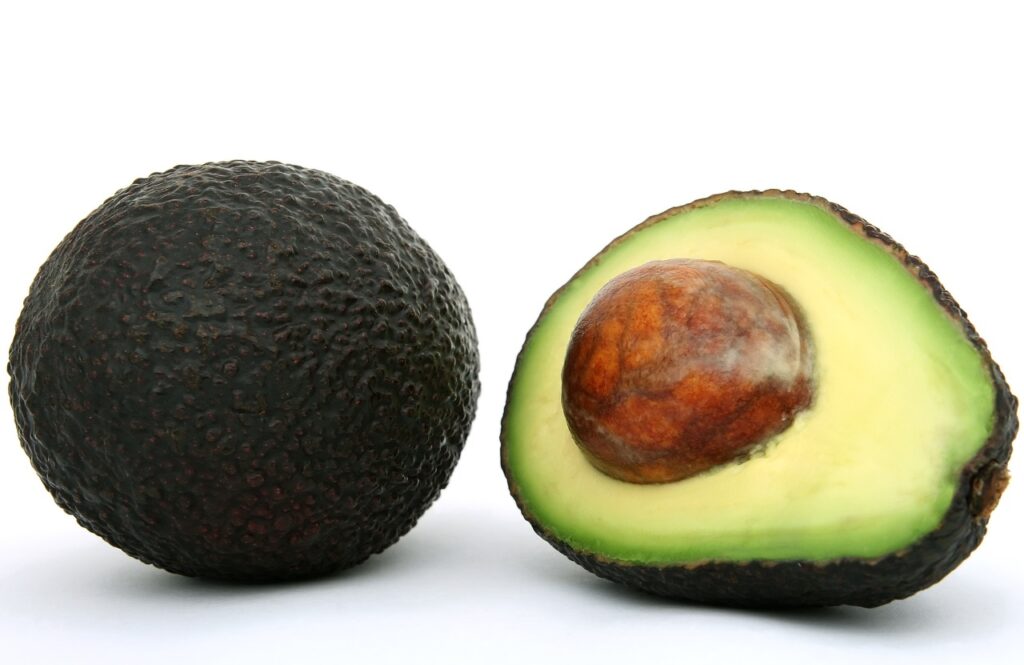
Avocado is unique among fruits, being low in carbs and high in healthy fats. It’s an excellent source of monounsaturated fats, which can support your body’s ketone production. Avocado also provides essential nutrients like potassium and vitamins E, C, and K. With only around 2.5 grams of net carbs per 100 grams (about half an avocado), it’s a versatile ingredient for salads, spreads, and even smoothies. In one cup of chopped avocado (approximately 150 grams), you’ll find around 3-4 grams of net carbs.
Avocados are incredibly versatile and can be used in a variety of recipes, both savory and sweet. One popular option is guacamole, a classic dip made with mashed avocados, lime juice, onions, tomatoes, and seasonings. Another favorite is avocado toast, where mashed avocado is spread on toasted (keto) bread and topped with various ingredients like eggs, tomatoes, feta, or smoked salmon. Avocado slices can also be added to salads for a creamy texture and healthy fats. In the realm of beverages, avocados can be blended into smoothies for a creamy consistency and added nutrients. They’re also commonly found in sushi rolls and poke bowls, contributing creaminess and flavor. Lastly, avocados can be used in baking, replacing butter or oil in recipes like brownies and muffins for a healthier option. Their creamy texture, mild flavor, and nutritional benefits make avocados a fantastic addition to a variety of dishes.
3. Tomatoes
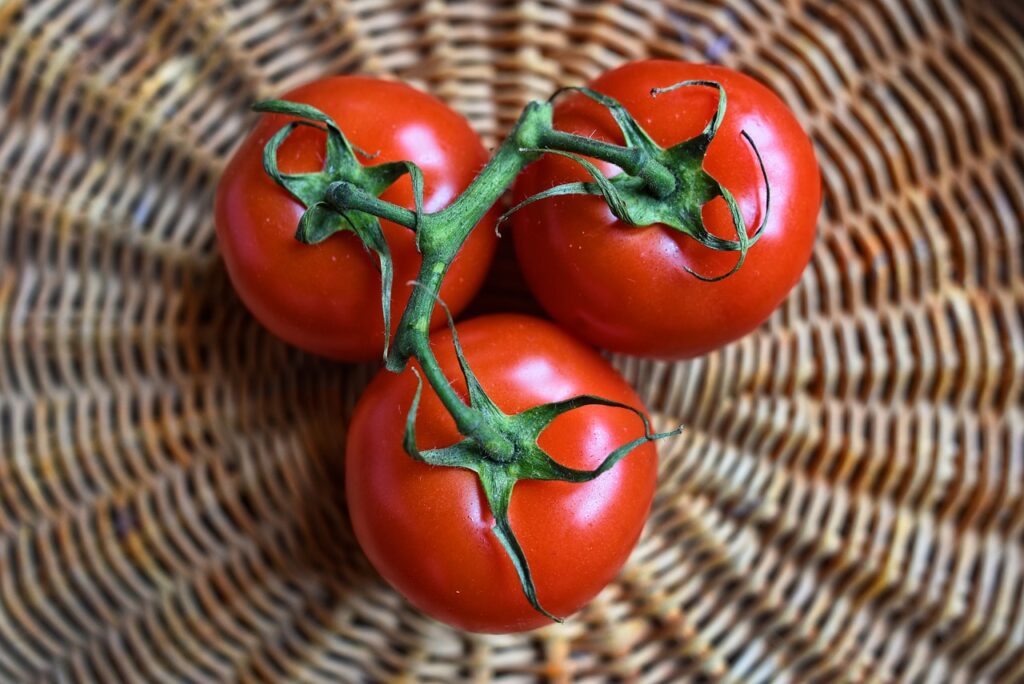
Yes, tomatoes are technically a fruit! They’re low in carbs and can be a flavorful addition to your keto diet. While they do have a slightly higher carb content compared to berries, they’re still relatively low. A typical medium-sized tomato contains around 5 grams of net carbs; in one cup of chopped tomatoes (approximately 150 grams), you’ll typically find around 4-5 grams of net carbs. Tomatoes are a great source of vitamins A and C, as well as lycopene, a powerful antioxidant associated with various health benefits. Additionally, tomatoes are very versatile: enjoy them sliced on lunch meat, chopped on tacos, stewed in soups, and blended within a low-carb marinara sauce. But, don’t go overboard on these! The carbs can add up if you’re not careful.
4. Berries (e.g., Strawberries, Blackberries, Raspberries, Blueberries)
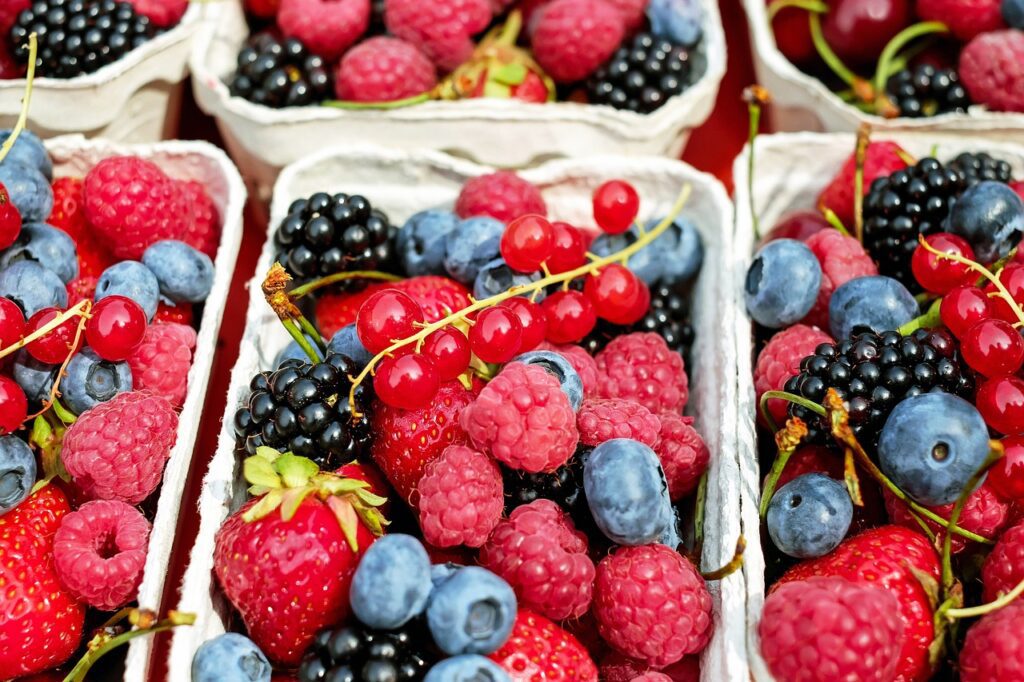
Berries are the ultimate keto-friendly fruits due to their low carbohydrate content. Strawberries, blackberries, and raspberries are rich in antioxidants and dietary fiber while being relatively low in carbs. In one cup (chopped) of strawberries, you’ll find approximately 9 grams of net carbs, while the same serving of blackberries and raspberries has about 6-7 grams.
Berries can enhance a variety of keto-friendly recipes thanks to their lower carbohydrate content. Enjoy them in berry smoothies with unsweetened almond milk and zero-sugar sweeteners, or as layers in Greek yogurt-based berry parfaits for a satisfying breakfast or dessert. Introduce their natural sweetness to savory dishes with berry salads, combining them with greens, nuts, and a light vinaigrette. Create a luscious and nutritious berry chia seed pudding by combining chia seeds, almond milk, and your chosen berries. Incorporating these versatile berries into your keto recipes adds both flavor and nutrition to your culinary journey.
5. Cantaloupes and Watermelons
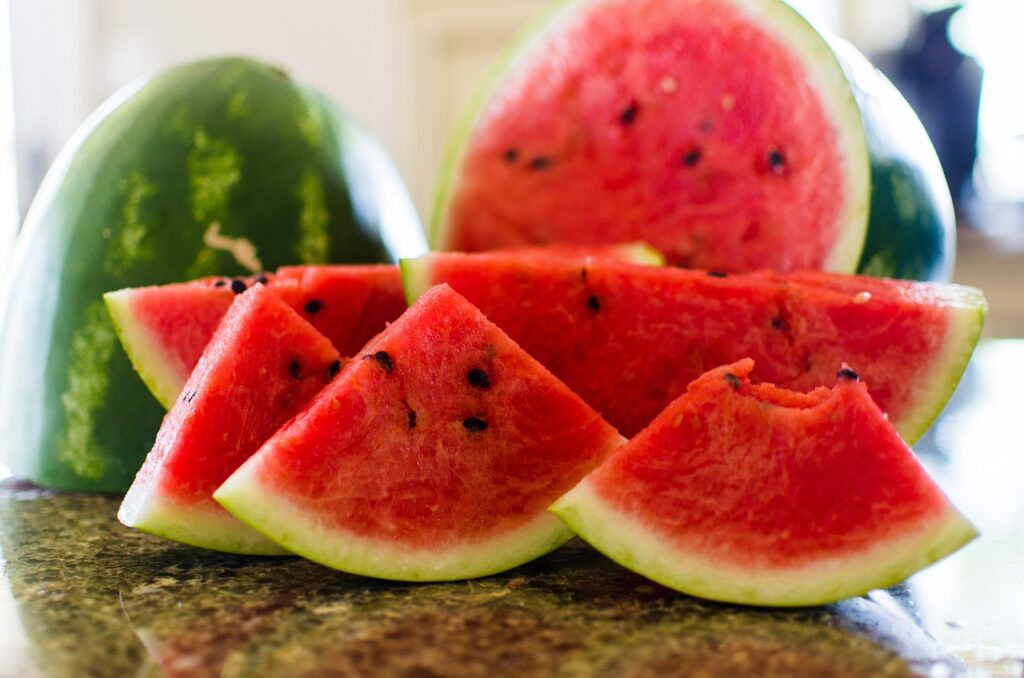
Cantaloupe, while slightly higher in carbs than the previous options, can still be enjoyed in moderation on a keto diet. In one cup (chopped) of cubed cantaloupe, you’ll find about 12 grams of net carbs. It’s a hydrating and refreshing fruit that provides a good dose of vitamins A and C. Just be mindful of portion sizes to stay within your carb limits. Watermelon is very similar: one cup of diced watermelon (approximately 152 grams) has about 11 grams of net carbs.
You can incorporate these into your keto diet carefully: add a little bit to a fruit salad (with berries, chia seeds, and a spritz of lemon juice), or slice a few small pieces into your water to encourage upping your water intake without it being boring.
When incorporating fruits into your keto diet, it’s crucial to monitor your carb intake and portion sizes to maintain ketosis. While these fruits can be enjoyed in moderation, always keep your daily carbohydrate allowance in mind to achieve the best results on your keto journey. About 30 net grams of carbs or less is a safe range to be in to remain in ketosis.

